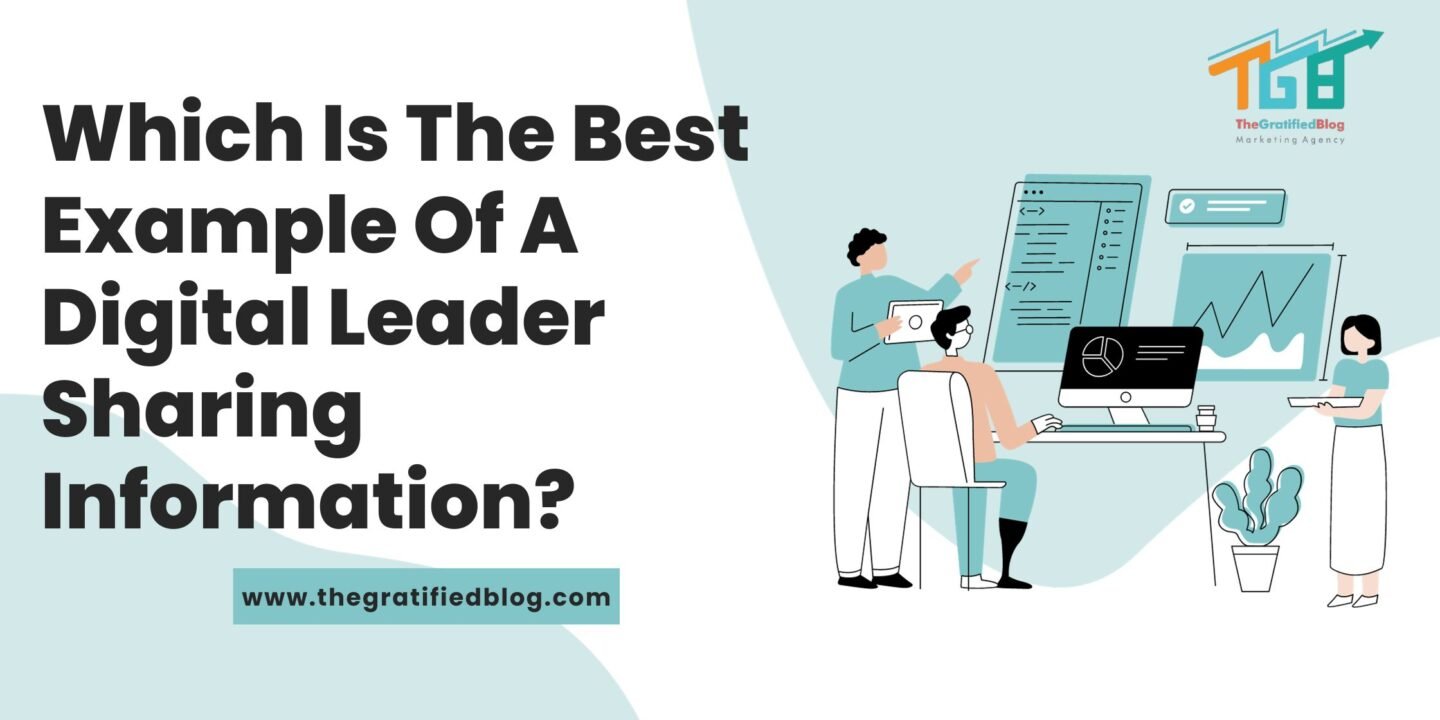
In today’s rapidly evolving digital environment, the function of a digital leader has evolved to encompass much more than just making strategic decisions. Digital leaders are now expected to be exemplary information sharers, actively engaging with their teams, communities, and the world. But with so many leaders out there, which is the best example of a digital leader sharing information?
In this blog post, we embark on a journey to explore the best of the best regarding digital leadership in the realm of sharing information. We’ll delve into inspiring examples, dissect their strategies, and uncover the lessons that can empower you to become a more effective digital leader in this digital age. Whether you’re a business executive, a social influencer, or an aspiring leader, this post is your key to unlocking the secrets of impactful information sharing in the digital world.
What Is A Digital Leader?
A digital leader is an individual who plays a pivotal role in leveraging digital technologies and strategies to guide organizations or communities toward success in the digital age. These leaders are not limited to any specific industry or sector; they are characterized by their capability to leverage the potential of digital tools and data, and innovation to drive change, make informed decisions, and create opportunities.
Characteristics Of An Effective Digital Leader
Here are some key attributes and responsibilities of a digital leader:
Visionary Thinking
Digital leaders envision how technology can transform their organizations or communities. They understand the potential of digital advancements and can articulate a future state that takes full advantage of these opportunities.
Adaptability
They are flexible and adaptable, able to embrace change, and respond quickly to evolving digital trends and challenges.
Technological Literacy
Digital leaders strongly understand digital technologies, data analytics, and emerging trends. They remain updated on the most recent advancements and innovations in their field.
Data-Driven Decision-Making
They rely on data and insights to make informed decisions. Digital leaders understand the importance of data and analytics in guiding strategies and operations.
Communication Skills
Effective communication is crucial. Digital leaders can articulate their vision and strategies to stakeholders, including employees, customers, and partners.
Collaboration
They encourage collaboration and teamwork, often fostering a culture of innovation and knowledge sharing.
Risk-Taking
Digital leaders are willing to take calculated risks and experiment with new digital initiatives. They understand that innovation often involves some level of uncertainty.
Customer-Centric Approach
They prioritize their customers’ or users’ needs and expectations and use digital solutions to enhance the customer experience.
Cybersecurity Awareness
In the digital landscape, cybersecurity is paramount. Digital leaders know the importance of protecting data and systems from cyber threats.
The Importance Of Information Sharing
Information sharing is fundamental to human communication and collaboration, and its importance cannot be overstated. Information sharing is vital in fostering understanding, progress, and success in our personal lives, workplaces, communities, or global interactions. Here are some key reasons why information sharing is so important:
- Knowledge Dissemination: Information sharing is the primary means of distributing knowledge. It allows individuals to learn from each other’s experiences, insights, and expertise, promoting personal and collective growth.
- Problem Solving: Sharing information often leads to collective problem-solving. People can find innovative solutions to complex challenges by sharing their perspectives and data.
- Innovation: Innovation thrives on the exchange of ideas and information. By sharing insights and discoveries, individuals and organizations can build on each other’s work, driving technological advancements and creative breakthroughs.
- Collaboration: Effective collaboration depends on sharing information within a team or between different organizations. People can work together more efficiently and cohesively when sharing information openly and transparently.
- Efficiency: Information sharing streamlines processes and reduces duplication of effort. Organizations can operate more smoothly by ensuring everyone can access necessary data, resources, and instructions.
- Transparency: Transparent information sharing fosters trust and accountability. When people and organizations are open about their actions and decisions, it promotes integrity and stakeholder trust.
Examples Of Digital Leaders Who Excel In Information Sharing
Several digital leaders and organizations have excelled in information sharing, setting exceptional examples for others. These leaders and entities have leveraged digital platforms to communicate, educate, and inspire.
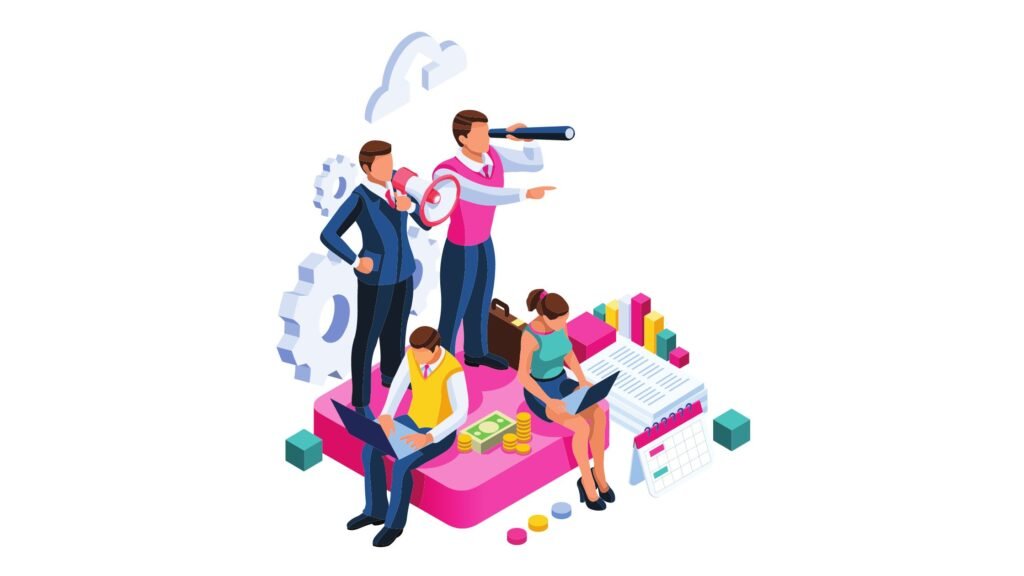
Here are a few notable examples:
Elon Musk (Tesla And SpaceX)
Elon Musk is a prime example of a digital leader known for his active and transparent information sharing. He frequently takes to social media platforms like Twitter to provide updates on SpaceX’s missions, Tesla’s innovations, and his vision for the future of technology, space exploration, and sustainable energy.
Dr. Anthony Fauci
Dr. Anthony Fauci, serving as the head of the National Institute of Allergy and Infectious Diseases in the United States, became a household name during the COVID-19 pandemic. He consistently shared accurate and science-based information to educate the public about the virus, vaccines, and public health measures through various digital channels and media appearances.
Neil deGrasse Tyson
As an astrophysicist, author, and science communicator, Neil deGrasse Tyson has embraced digital platforms to share his passion for science. He regularly engages with his audience on social media, hosts podcasts, and participates in television programs to make science more accessible and exciting to the public.
Bill And Melinda Gates Foundation
The Gates Foundation, led by Bill and Melinda Gates, is a prominent example of digital leaders in the philanthropic sector. They share information about their global health and education initiatives, research, and grant funding, helping raise awareness about pressing global issues and their solutions.
Wikipedia
Wikipedia is an example of an organization that exemplifies digital leadership in information sharing. It is one of the largest and most widely accessed repositories of knowledge on the internet. Wikipedia relies on contributions from volunteers worldwide to provide free, accurate, and easily accessible information on a wide range of topics.
OpenAI
OpenAI, the organization behind developing this AI model, GPT-3, is dedicated to advancing artificial intelligence for the benefit of all. They actively share research, educational resources, and tools in AI and machine learning, contributing to the growth of the digital community.
Khan Academy
Khan Academy, a nonprofit educational institution, is dedicated to excelling in digital information sharing. They offer free, high-quality educational content through online video lessons and exercises, making education accessible to anyone with an internet connection.
In the realm of digital leadership and information sharing, the choice of the most effective approach can be paramount. To delve into this, we’ll spotlight a scenario that encapsulates the essence of adept digital leadership. Our exploration will revolve around the question:
Which Is The Best Example Of A Digital Leader Sharing Information?
So, the options are:
- Nina creates a budget spreadsheet and e-mails it to her boss before a meeting.✅
- Erick surveys a street corner and copies his notes for his boss.
- Rehana buys a newspaper ad and asks people to text ideas to her boss.
- Fernando draws a blueprint at a meeting and e-mails his boss about it.
The best example of a digital leader sharing information among the options provided is:
Nina creates a budget spreadsheet and e-mails it to her boss before a meeting.
This example demonstrates effective and practical information sharing using a digital tool (email) in a business context. Nina prepares a budget spreadsheet a data-driven document, and shares it with her boss in advance, ensuring that her boss is well-prepared for the upcoming meeting. It represents a proactive and organized approach to information sharing, allowing for data review and discussion before the meeting.
Strategies And Tools For Effective Information Sharing
Effective information sharing is a cornerstone of success in today’s interconnected world. Whether you’re a business leader, a team manager, or an individual, the ability to share information efficiently and meaningfully can make a significant difference. Here are some key strategies and tools to enhance your information-sharing capabilities:
Strategies
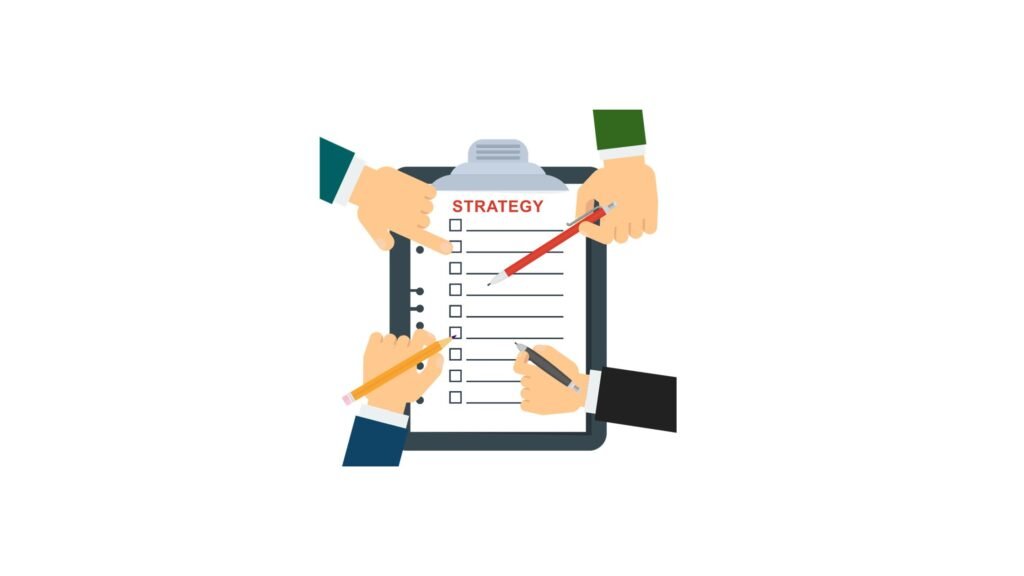
- Clear Communication: Start with clarity. Ensure your message is easy to understand, well-structured, and free from jargon or unnecessary complexity. Use language appropriate for your audience.
- Audience-Centered: Tailor your message to the needs and preferences of your audience. Understand their background, interests, and expectations to ensure relevance.
- Choose the Right Channel: Select the appropriate communication channel. Use email for formal documentation, instant messaging for quick updates, and video calls for richer conversations.
- Timeliness: Share information promptly, especially when dealing with time-sensitive matters. Ensure that your timing aligns with the urgency of the message.
- Two-Way Communication: Encourage feedback and open dialogue. Be receptive to questions and suggestions to foster engagement.
- Data Security: Safeguard sensitive information through encryption and secure channels. Protecting data is paramount, especially in a business or personal context.
- Document Sharing: Use cloud-based document-sharing platforms like Google Drive or Microsoft OneDrive to collaborate on real-time files, ensuring everyone can access the latest version.
- Information Hubs: Create central repositories for information like wikis or intranets to store and organize documents, policies, and other critical data.
Tools

- Email: a staple for formal communication. Use email for sending documents, reports, and important announcements.
- Instant Messaging Apps: Tools like Slack, Microsoft Teams, or WhatsApp are excellent for quick updates, collaboration, and casual communication.
- Video Conferencing: Platforms like Zoom, Microsoft Teams, or Google Meet enable face-to-face interactions, even when physically distant.
- Collaboration Tools: Google Workspace and Microsoft Office 365 offer a suite of applications for document collaboration, email, and more.
- Cloud Storage: Services like Dropbox, Google Drive, and Platforms like iCloud enable you to store and distribute files in the cloud, making them accessible from anywhere.
- Intranet Software: Tools like SharePoint create secure and organized internal websites for information sharing within organizations.
- Knowledge Management Systems: Platforms such as Confluence and Notion help teams organize and access knowledge efficiently.
- Social Media: For broader information sharing, platforms like Twitter, LinkedIn, and Facebook can help engage with a broader audience.
Conclusion
In the ever-evolving landscape of digital leadership, the question of “Which is the best example of a digital leader sharing information?” emerges as a beacon of inspiration and innovation. We’ve embarked on a journey to explore the frontiers of effective communication and information sharing in the digital realm. Our examples emphasize the significance of harnessing technology for informed decision-making, collaboration, and transparency. The power of digital leadership lies in its ability to engage, educate, and inspire; in today’s interconnected world, the possibilities are endless.
But our exploration doesn’t end here; we’re eager to hear your thoughts and insights. Feel free to discuss by sharing your comments on our blog.




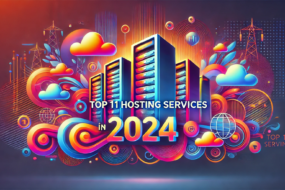
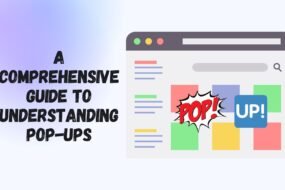


No Comments